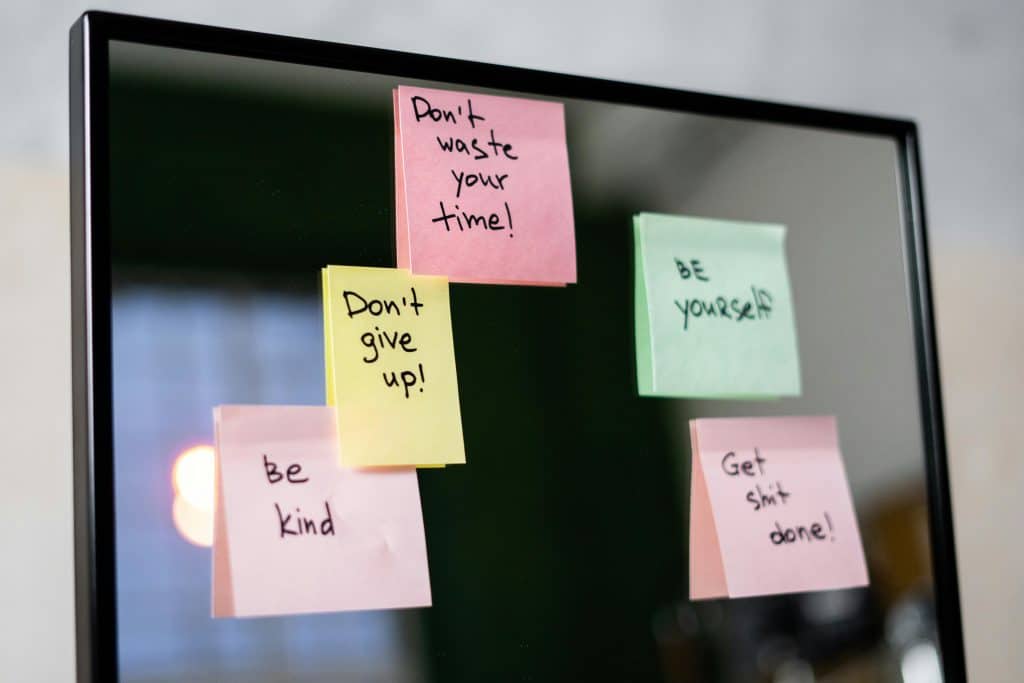In the age of productivity trackers, hustle culture, and endless digital demands, many people are confronting a quiet crisis — when motivation feels manufactured. That unsettling sense that your drive is no longer genuine but shaped by algorithms, deadlines, or other people’s expectations. This article explores what to do when motivation feels manufactured, offering research-backed strategies to restore real purpose and sustained energy.

Why Motivation Feels Manufactured
Most people experience phases when their effort feels like performance — not passion. This often happens when external rewards or rigid systems replace internal values.
According to Self-Determination Theory (SDT), motivation is most authentic when three needs are met: autonomy (feeling in control), competence (feeling effective), and relatedness (feeling connected) (Deci & Ryan, 2000). When any of these needs are blocked or undermined, motivation can feel artificial — especially in environments that emphasize tracking, evaluation, or external validation over creativity and ownership.
One well-documented phenomenon, the overjustification effect, occurs when people lose interest in activities they once enjoyed after external rewards are introduced (Lepper, Greene, & Nisbett, 1973). If you find yourself asking, “Why am I even doing this?” — you may be caught in this trap.
Signs That Your Motivation Is Not Intrinsic
It’s important to recognize the signals early. You may be experiencing manufactured motivation if:
- You feel driven only when someone is watching or grading you.
- You procrastinate until external pressure builds.
- You no longer feel excited or personally connected to your goals.
- You seek praise or rewards more than personal growth or learning.
These symptoms don’t mean you’re lazy — they often indicate a misalignment between your tasks and your values.
What to Do When Motivation Feels Manufactured
The good news? Motivation is malleable. It can be reshaped by shifting your environment, mindset, and behaviors. Here’s a practical strategy for reconnecting with authentic drive.
1. Reestablish Autonomy
Begin by asking: “Where do I have choice here?” Even small freedoms can restore your sense of ownership. Instead of rigidly following to-do lists created by others, make small edits to how you approach tasks.
- Choose when or where you complete a task.
- Modify how the task is executed to reflect your strengths.
- Set micro-goals that feel meaningful to you, not just your manager or clients.
Research shows that even limited autonomy can increase engagement and job satisfaction (Pink, 2009).
2. Reconnect to Your “Why”
One of the fastest ways to convert extrinsic motivation to intrinsic is to rediscover your deeper purpose. Ask yourself:
- Who does this work help?
- What personal values does this align with?
- What would I still want to learn or build even if no one noticed?
You can also write a brief personal mission statement. This simple exercise realigns day-to-day tasks with broader goals.
3. Redefine Rewards
When motivation feels manufactured, it often means the incentives are external and misaligned. Shift the reward structure by focusing on growth and mastery instead of results.
For example, instead of saying “If I complete this, I’ll reward myself with a treat,” say, “If I complete this, I’ll improve my skills and gain experience.”
Intrinsic rewards — like pride in learning or satisfaction in contribution — are more sustainable and energizing.
4. Reflect on Energy Patterns
Motivation isn’t constant, and it doesn’t have to be. Instead of chasing consistency, focus on noticing when your energy is naturally high.
Try journaling each day for one week. Capture:
- What gave me energy today?
- What drained me?
- When did I feel genuinely interested?
These insights help you align your schedule and priorities with tasks that naturally motivate you.
5. Start Small, But With Intention
Overhauling your entire routine isn’t necessary. Choose one daily activity and approach it with fresh curiosity or purpose. This could be:
- Tackling a task in a new way.
- Adding a creative twist to a routine chore.
- Experimenting with a different workflow that suits your thinking style.
As you build momentum with these small tweaks, your internal motivation will begin to strengthen.
Emerging Trends Behind This Motivation Crisis
This isn’t just a personal issue — it’s part of a broader cultural and workplace trend.
AI and Over-Optimization
With AI and automation increasingly embedded in daily tasks, many workers report feeling like their creativity is constrained by systems that value efficiency over originality. This over-optimization can erode a sense of purpose, especially when decisions are data-driven rather than human-centered.
Productivity Pressure and Influencer Culture
The rise of productivity influencers has glorified constant output and biohacking. While some tools are helpful, they can create unrealistic standards. Over time, this can lead to burnout and a hollow form of motivation — more about appearances than actual impact.
Burnout and Mental Health Awareness
With burnout rates rising globally, especially among Gen Z and millennials, people are becoming more aware of the need to feel intrinsically motivated. Companies are beginning to invest in autonomy-centered work cultures that emphasize meaning and mental well-being.
Action Plan: Reclaim Your Drive
If your motivation feels manufactured, here are simple actions you can take this week:
- Monday: Identify one task that felt forced and reframe it to focus on growth.
- Tuesday: Set a boundary with one obligation that doesn’t align with your values.
- Wednesday: Tackle a task creatively — try doing it in a new way.
- Thursday: Write down three reasons why your work matters to you personally.
- Friday: Celebrate one win — not based on results, but on your effort or progress.
- Weekend: Take one full day to do only things you choose for yourself — no obligation.
These steps help rewire your brain to associate effort with purpose and agency — not just performance metrics.
Common Misconceptions About Motivation
“If I don’t feel motivated, something’s wrong with me.”
Not true. Motivation fluctuates and is affected by many external forces. It’s natural to feel unmotivated sometimes, especially in rigid or high-pressure settings.
“I just need more discipline.”
Discipline without direction can reinforce artificial motivation. It’s more effective to build systems that support your intrinsic drivers than to rely on willpower alone.
“I should always feel driven.”
Nobody feels inspired all the time. The key is to create environments and habits that support long-term engagement, not constant hype.
Conclusion
When motivation feels manufactured, it’s a sign that your efforts are out of sync with your internal compass. Rather than pushing harder, consider stepping back — to question, realign, and rebuild.
Start with small shifts: reclaim autonomy, reconnect with purpose, and redesign how you approach your work. Over time, what once felt forced can become fulfilling again.
Because real motivation doesn’t come from pressure — it comes from alignment.
References
- Deci, E. L. & Ryan, R. M. (2000). The “What” and “Why” of Goal Pursuits: Human Needs and the Self-Determination of Behavior. Psychological Inquiry, 11(4), 227–268.
- Lepper, M. R., Greene, D., & Nisbett, R. E. (1973). Undermining Children’s Intrinsic Interest with Extrinsic Rewards: A Test of the Overjustification Hypothesis. Journal of Personality and Social Psychology, 28(1), 129–137.
- Pink, D. H. (2009). Drive: The Surprising Truth About What Motivates Us. Riverhead Books.









